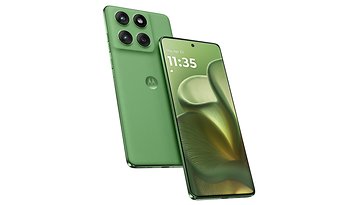Emergency satellite proves to be iPhone 14's most crucial feature—Here's why


Apple has debuted emergency SOS via satellite and crash detections with iPhone 14. While the former was only available for US users last month, it proves to be the most vital feature to arrive on iPhones yet. The latest incidents that happened in two separate locations are great examples of how the new iPhone service could save lives.
Earlier this month, a stranded man was rescued from a remote location in Alaska using the emergency SOS function. Since there was no cellular coverage in the area, he was able to alert the emergency responders through satellite connectivity on his iPhone 14. The GPS coordinates were also sent to the rescuers to pinpoint his location.
And just recently, a vehicle carrying two passengers veered off a highway and fell 300 feet down into the side of a mountain in California. One of the passenger's iPhone 14 devices detected the accident and activated the Crash Detection feature. Similarly, the incident occurred in an area with no cellular coverage, thus, the satellite service was used to reach the authorities.
False trigger on iPhone's Crash Detection
But apart from these prominent cases of effective Apple services, there were instances where these created false triggers. Particularly, it was reported that rollercoaster rides and highspeed sports could accidentally trigger Crash Detection on supported Apple Watch and iPhone 14 devices. Apple has addressed the issue by releasing a software fix via iOS 16.2 to optimize the feature.
On the other hand, Apple announced that emergency SOS via satellite is now available to users in Germany, France, Ireland, and the UK. Like in the US, the feature will be free for two years right from activating any iPhone 14 or iPhone 14 Pro model.
With Samsung planning to introduce a similar satellite-based capability on the Galaxy S23, do you think it will be as efficient as on iPhones? Let us know your answers in the comment section.




















For me, where I'm most likely to need it, it won't work. Down in the bottom of the slot canyons of the US where you only have a narrow strip of sky visible. You might have brief windows where satellite connectivity is possible, but they'll be very brief and unscheduled.